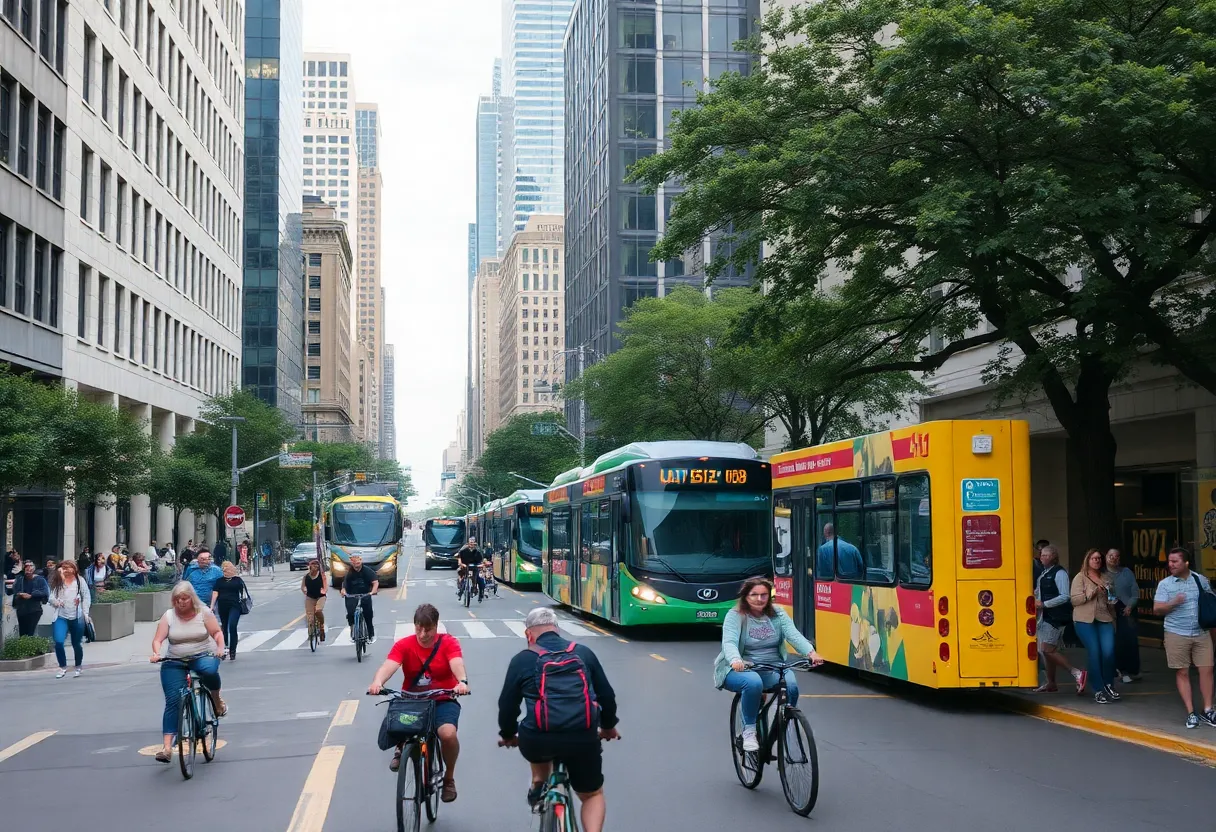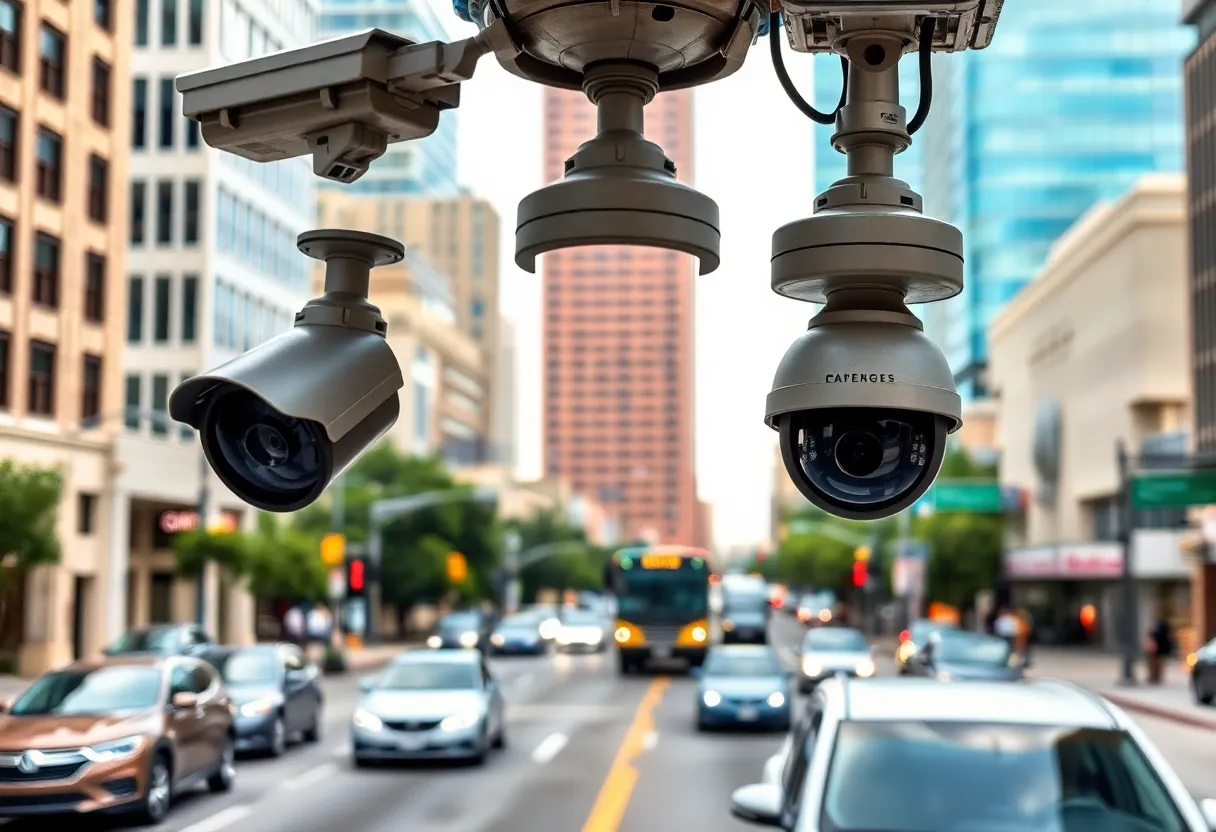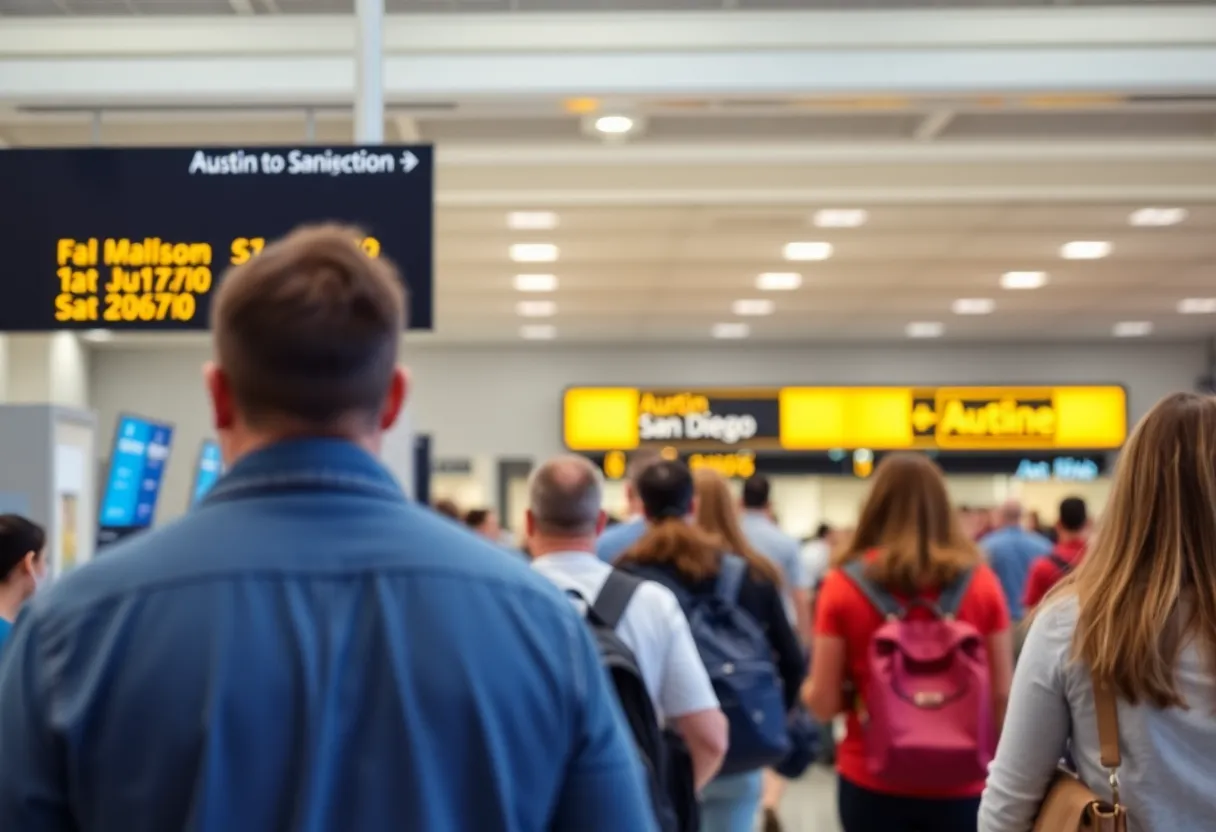News Summary
The City Council’s Mobility Committee in Austin is reviewing the Core Transportation Plan, targeting better transport coordination over the next decade. This initiative addresses vulnerable road user safety and curbside access, crucial as downtown’s population grows. Key changes include reallocated road space and enhanced infrastructure for pedestrians and cyclists. Proposed improvements aim to reduce car dependency and prepare for major upcoming infrastructure projects, with an implementation cost exceeding $1 billion. Ongoing discussions will shape the final execution of this significant transport initiative.
Austin, Texas
What Happened
The Austin Core Transportation Plan is currently under review by the City Council’s Mobility Committee. This significant initiative aims to coordinate overlapping mega-projects over the next decade to improve overall transportation in the city. The committee members showed broad support for the plan but raised concerns regarding implementation details, particularly focusing on the safety of vulnerable road users and curbside access for deliveries.
Who Is Affected
The Core Transportation Plan targets a wide range of road users including pedestrians, cyclists, transit riders, and delivery services in downtown Austin. The plan specifically recognizes the need for enhanced infrastructure for vulnerable road users, which includes individuals on foot and using bicycles. With downtown’s population expected to grow, the proposed changes will impact everyday commuters, residents, and businesses, especially in the entertainment district where modifications to Sixth Street are planned.
Core Elements Of The Plan
The Core Transportation Plan identifies four east-west priority corridors in downtown: Fifth, Sixth, Seventh, and Eighth streets. Each corridor is slated for reallocation of road space to bolster facilities for pedestrians, cyclists, and public transportation users. Key aspects of these plans include:
- Fifth Street: A transit-only lane from Bowie to Guadalupe, an eastbound protected bike lane, and expanded sidewalks, aiming to highlight its role as a Mexican American Heritage Corridor.
- Sixth Street: Westbound bike infrastructure and improved pedestrian crossings designed to ensure safe access for the entertainment district.
- Seventh and Eighth Streets: Reconfigurations aimed at improving safety and establishing uninterrupted east-west connectivity for bikes and transit.
- Other Improvements: Enhancements for Red River, Brazos, and additional streets between Ninth and Twelfth to create a cohesive downtown multimodal network.
Systemwide Strategies
The plan outlines several systemwide strategies designed to improve downtown transportation. These strategies include converting certain one-way streets to two-way operations, expanding infrastructure for micromobility options, creating mobility hubs, and implementing dynamic curb management aimed at streamlining loading and ride-hailing activities. Overall, these proposed changes seek to reduce car dependency, improve safety for all road users, and prepare Austin for major infrastructure projects like Project Connect and the Interstate 35 reconstruction.
Implementation Timeline and Costs
The anticipated implementation costs of the Core Transportation Plan exceed $1 billion, taking into account inflation and future expenditures. Funding sources will include federal grants along with contributions from a projected bond election in 2026. City staff have outlined a potential adoption timeline for the plan, with discussions continuing to iron out details before it is presented to the City Council for consideration in April.
Official Responses and Next Steps
While the committee has not made an official recommendation or expressed solid support for the plan thus far, it will collect feedback from various boards and commissions before forwarding it to the City Council. Council Member Zo Qadri highlighted concerns about mid-block conflicts where parking and curb loading could disrupt designated bike lanes, expressing the need to prioritize vulnerable road users during implementation.
Future Considerations
As the Core Transportation Plan continues through the review process, its ability to successfully address the concerns raised will be crucial. The ongoing dialogue among committee members, city staff, and stakeholders will shape the final outcome and execution of the plan, aimed at ensuring safe and efficient mobility in downtown Austin over the next decade.
Deeper Dive: News & Info About This Topic
HERE Resources
Austin Plans Major Transportation Overhaul for Downtown
Austin Prepares for Major Convention Center Revamp
Zoox Expands Autonomous Vehicle Testing in Austin
Proposed Legislation to Rename Segment of I-35 in Austin
Travis County Aims for Zero Traffic Fatalities by 2050
Austin Revises E-Scooter and E-Bike Policies
Austin Schools Benefit from Eco-Friendly Sidewalk Project
SXSW 2026 Announces Major Format Changes
Tragic 17-Vehicle Crash in Austin Claims Five Lives
Dallas-Fort Worth Drives Texas’ Economic Growth
Additional Resources
- Austin Monitor
- Wikipedia: Austin, Texas
- KXAN
- Google Search: Austin Core Transportation Plan
- Austin Monitor
- Google Scholar: Austin Core Transportation Plan
- Community Impact
- Encyclopedia Britannica: Austin Core Transportation Plan
- FOX 7 Austin
- Google News: Austin Core Transportation Plan








